TAKE a trip back in time at Little Bay’s former hospital, thanks to its dedicated former nurses ...
When an epidemic of smallpox broke out in Sydney in 1881, Little Bay’s ocean breezes were sought to treat the infected.
Initially, tents lined Little Bay Beach until a permanent hospital was built.
Complete with 500 acres of land and space for 219 beds, it soon became the city’s official destination for the most deadly infectious diseases.
Leprosy, polio, diphtheria and measles are just some of the other highly contagious diseases also treated at the site, with nurses and doctors living side-by-side patients.
“At one stage we were re-using syringe needles.”
Today, the Prince Henry Hospital is gone, but tucked away in one of the original hospital buildings is a hidden gem.
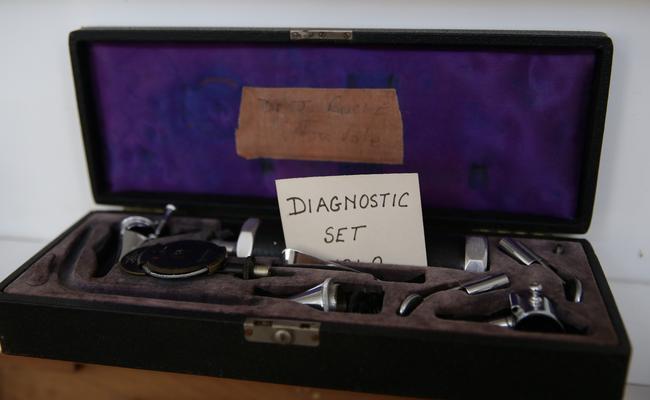
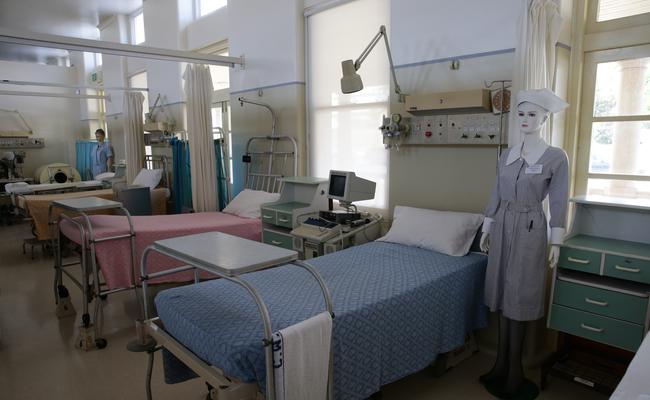
The Prince Henry Nursing and Medical Museum is a marvel of medical artefacts once used to treat the exiled patients.
When I visited last month, I was struck by how extensive the collection is — it is immense.
From old alchemy bottles, surgical instruments, skeletons and early heart bypass machines to an operating table from 1880 that looks more like a torture device, the museum is a fascinating glimpse into rudimentary medical practices of colonial Australia.
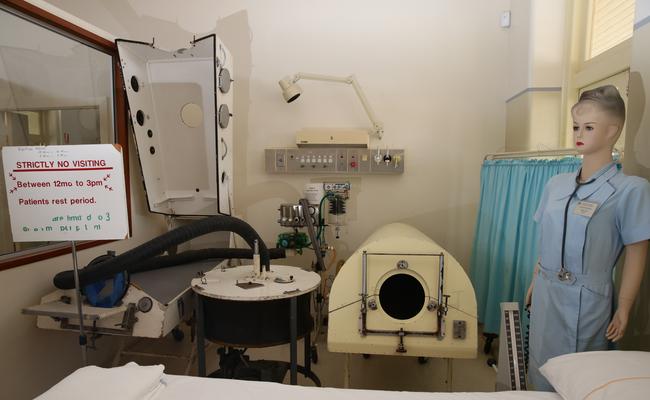
The museum even houses a working iron lung from the mid 20th century, once used to treat polio patients unable to breath on their own.
However, the hospital receives no annual federal, state or local funding, surviving off the backs of an small army of volunteers, such as Carol Parker, who lived and worked at the hospital when she became a nurse in 1965.
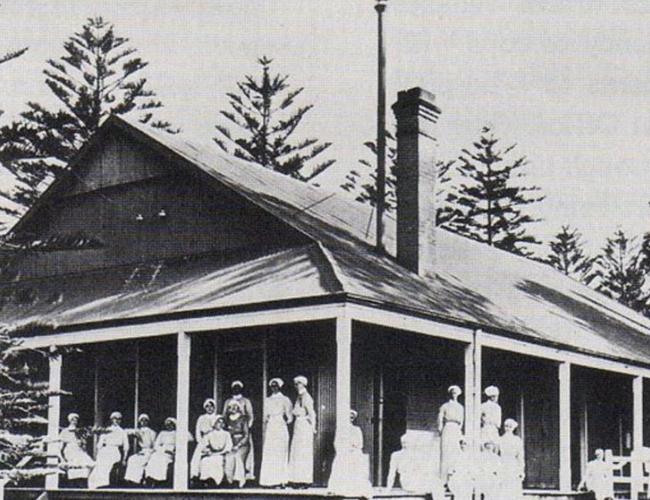
That year, the hospital was the first in NSW to perform a kidney transplant.
“I think it’s a unique situation this place,” Mrs Parker said.
“So many people are taken aback by what we have here because everything you see on the TV these days, everything’s so whiz bang marvellous, whereas if you look at some of the equipment we have and we worked with, it really takes you back.”
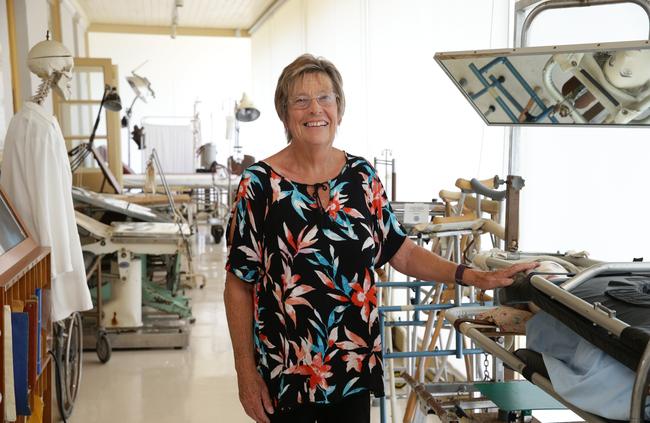
“We use to re-roll crepe bandages, at one stage we were re-using syringe needles ... we didn’t have plastic syringes.”
“I often wonder how we ever got any of it cleaned, especially for theatre.”
The team keep the museum in great condition (volunteer Anne Thompson strips the beds every week) and stepping into the main ward, it’s easy to picture the rows of patients convalescing there.
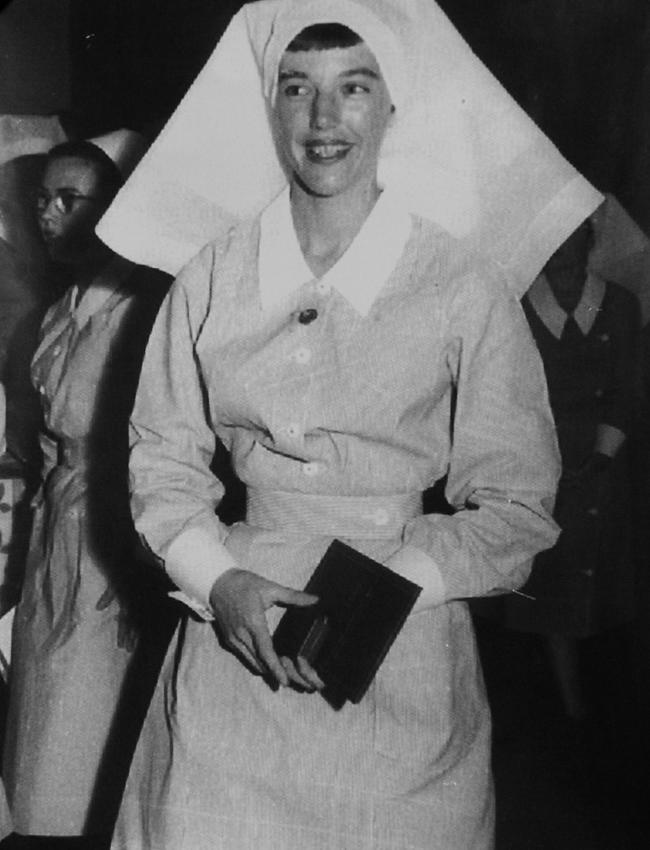
The museum also has an extremely well stocked reference library and picture gallery for those seeking out more information on the history of medicine. And outside, there’s the old clock tower, and the Nurses’ War Memorial Chapel.
For anyone intrigued by history or medicine and the evolution of infectious diseases in the modern age, a trip to this museum is a must.
The museum, at 2 Brodie Ave, Little Bay, is open on Sundays from 10am-3pm.
HOME TO MEDICAL BREAKTHROUGHS
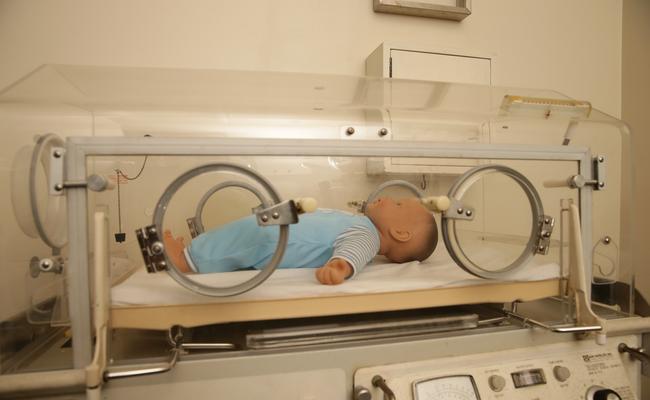
Prince Henry Hospital was the source of pioneering medicine in the early 20th century.
Early forms of chemotherapy were successfully used on patients from 1911, long before the advent of penicillin.
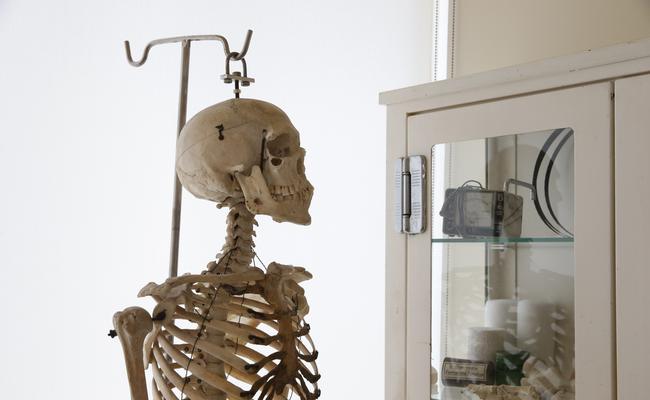
By 1938, the hospital was recognised internationally with the establishment of the University of Sydney’s postgraduate medical school. The need at the time was great.
Research was paramount to improve the treatment and cure of infectious diseases, including polio, scarlet fever, pneumonia and whooping cough, then still ravaging Sydney.
In 1951, the hospital established the first virus diagnostic lab in NSW.
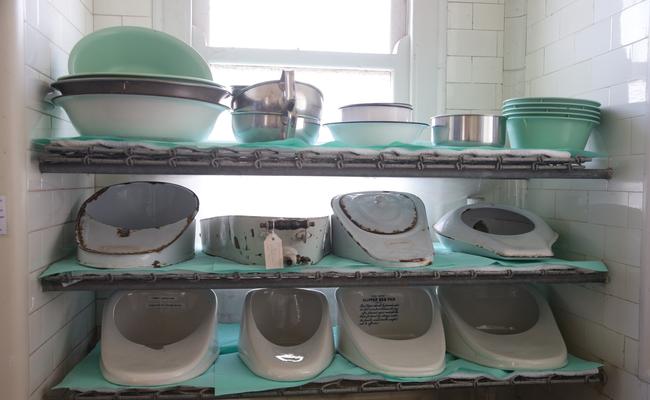
Four years later, a test was developed to diagnose polio accurately within 72 hours. By 1991, a major new drug therapy for migraine sufferers was released.
The contributions of nursing staff who were trained at Prince Henry Hospital were also great. In World War I, seven nurses received distinguished awards for courage in the care of patients.
Nurses were lost at sea off Cape Moreton, Queensland, when the hospital ship Centaur was torpedoed, and again when the SS Vyner Brooke was bombed. The on-site war memorial chapel is a tribute to the nurses who served.
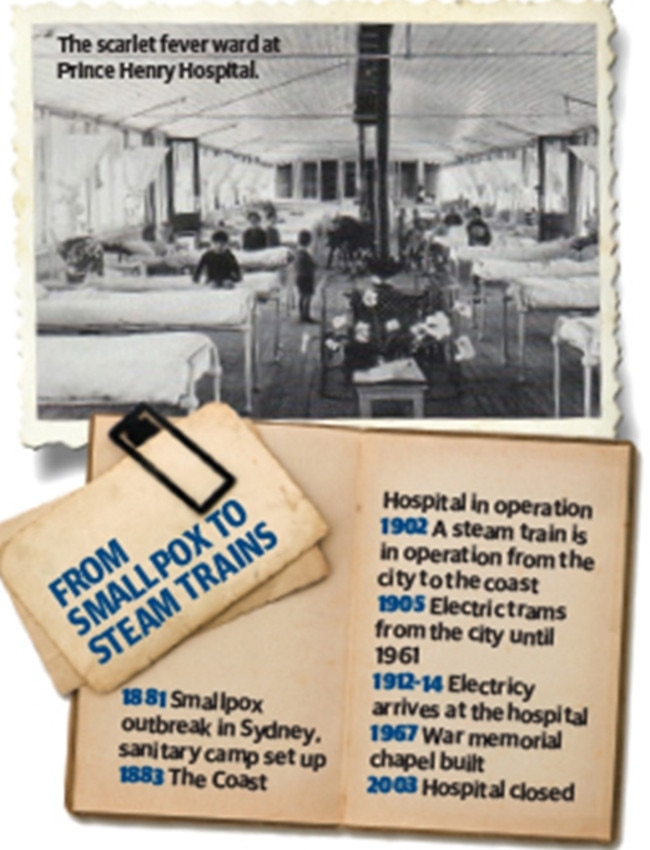

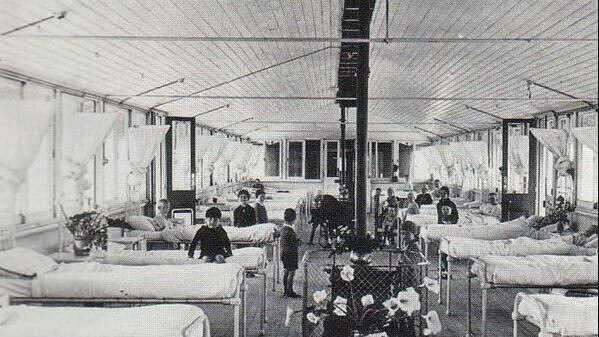
Here’s what you can expect with tomorrow’s Parramatta weather
As summer moves towards autumn what can locals expect tomorrow? We have the latest word from the Weather Bureau.
Here’s what you can expect with tomorrow’s Parramatta weather
As summer moves towards autumn what can locals expect tomorrow? We have the latest word from the Weather Bureau.